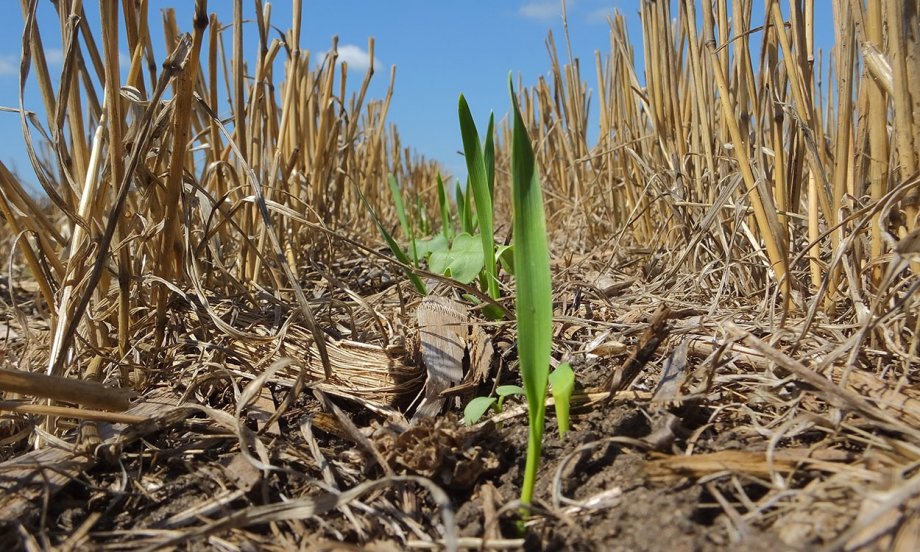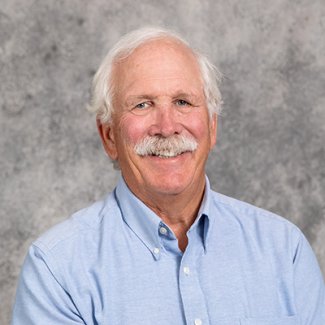
South Dakota State University has received a $1.28 million grant from the U.S. Department of Agriculture. David Clay, a distinguished professor in the Department of Agronomy, Horticulture and Plant Science, will serve as primary investigator for the project, which will demonstrate the benefits of agriculture conservation practices.

"What are trying to do is get increased adoption of soil health on the eastern side of South Dakota," Clay said. "When reduced tillage, cover crops and enhanced nutrient management practices are put into use, we will see benefits in soil health, increased yield potentials as well as reductions in greenhouse gas emissions."
This project was based on preliminary research funded by the South Dakota Utilization Council, the South Dakota Soybean Research and Promotion Council and the South Dakota Nutrient Research and Education Council.
Agriculture Secretary Tom Vilsack announced the award as part of a larger, $40 million USDA investment through its Conservation Innovation Grants program—one of the ways the USDA brings together partners to develop innovative practices to climate-smart agriculture.
"These new projects and agreements are working to mitigate climate change, conserve and protect our water, enhance soil health and create economic opportunities for producers,” Vilsack said during the April 6 announcement at Iowa State University. “We’re empowering our partners to develop new tools, technologies and strategies to support next-generation conservation efforts on working lands and develop cost-effective solutions to resource challenges.”
SDSU's project—one of 31 named in the investment—is titled "Overcoming Climate Smart Adoption Barriers by Demonstrating the Value of Linking No-Tillage, Cover Crops, and Enhanced N Management into a Single System."
No tillage and cover crops are two agriculture conservation practices that have low adoption rates in South Dakota and other areas of the Upper Midwest due to unpredictable spring weather, short periods of time for planting, and increased costs—among a variety of other reasons. Research has shown that these practices—when combined—have proven benefits to farmers, including increased yields and improved soil health.
"We've done the work—we've written the papers to show that these practices work," Clay said. "What we need to do now is help farmers overcome the barriers to adoption."
This project will demonstrate the benefits—and possibilities—of combining three individual conservation practices (cover crops, no-tillage and smart fertilizer technologies) on subhumid, frigid soils in South Dakota. Combining the three can "leverage the strengths of each for synergistic benefits including reduced risk of planting delays and yield losses due to (nitrogen) stress in frigid soil zones," according to the USDA.
This grant will work to incentivize farmers to adopt these practices by covering the costs they present. Ag engineers and ag economists at SDSU have analyzed the costs of what it will take to help overcome barriers to adoption.
Clay and his research team will then take intensive measurements of these practices at work.
"We'll develop case studies that show the benefits of these practices to farmers around the region," Clay said. "It's a win-win.
"What we are doing here isn't new," Clay continued. "We're really taking what've been learning the past 20 to 30 years and helping farmers on this side of the state adopt these practices."
- Contact:
- Telephone number: 605-688-6161
Republishing
You may republish SDSU News Center articles for free, online or in print. Questions? Contact us at sdsu.news@sdstate.edu or 605-688-6161.

